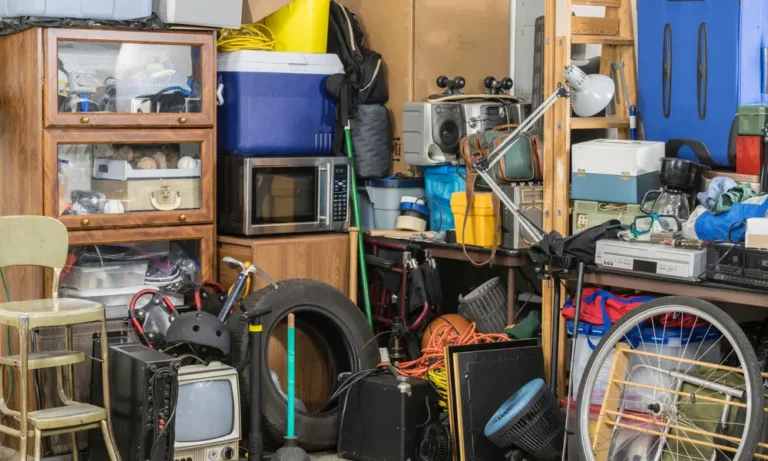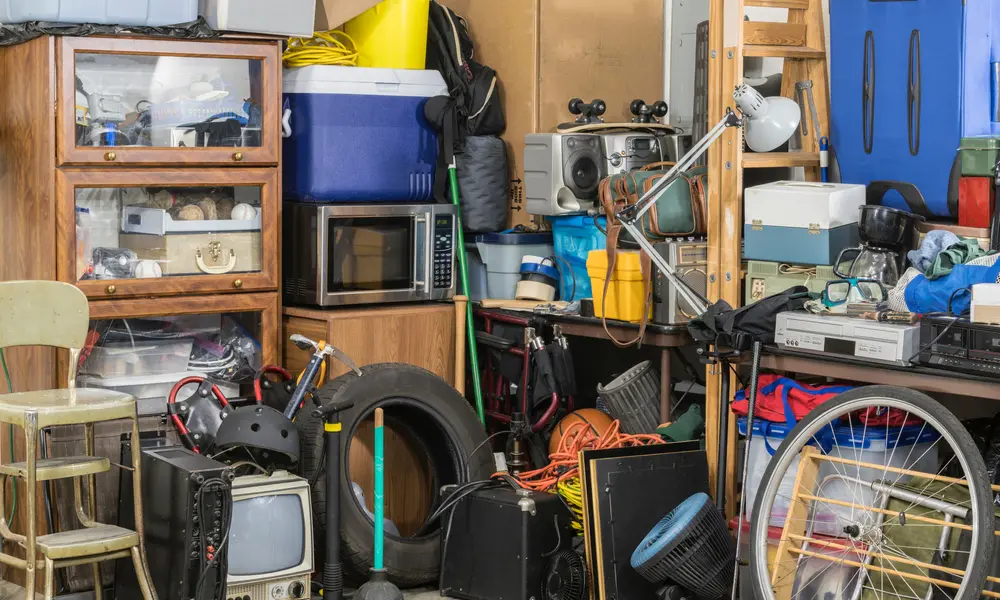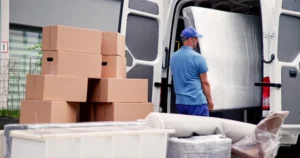What To Pack First When Moving is a question almost every homeowner faces as soon as relocation becomes a reality. The process can feel overwhelming at first, but with the right plan and the right approach, you can make the entire experience smoother and far less stressful. Whether you are moving across town or preparing for a long-distance relocation, starting in the correct order is the key to staying organized. At Chamomile Go, we understand how chaotic the early stages of moving can feel, which is why this guide walks you through the smartest order to pack your home.
Packing in a structured way reduces clutter, improves efficiency, and helps you maintain your daily routine until moving day. Below, you’ll discover practical tips, room-by-room advice, and expert insights that will help you begin with confidence.
Why Packing Order Matters

Before diving into specifics, it’s important to understand why your packing order affects the entire relocation. Properly planning what to pack first sets the tone for your move, allowing you to maintain access to the things you need daily while safely securing the items you don’t.
This is where a well-organized moving packing list becomes incredibly helpful. It prevents last-minute scrambling and makes unpacking far easier. Many homeowners use a guide to packing for a move to avoid overlooking small but essential items. Establishing the correct order helps your home feel functional for as long as possible without unnecessary stress.
Start With Non-Essential Items
One of the smartest starting points in any move is packing items you don’t use every day. Since they don’t disrupt your routine, these items can be boxed early without inconvenience.
Books, Media, and Collectibles
Begin by packing books, DVDs, games, and media collections. These items are rarely touched during the last days before moving, and their uniform shapes make them easy to box efficiently.
Decor pieces also belong in this group. Artwork, frames, souvenirs, and decorative displays require proper wrapping, so packing them early gives you time to handle them carefully. This step supports your overall strategy for packing for a move without rushing.
Pack Seasonal and Holiday Goods Next
As soon as non-essentials are out of the way, shift your focus to out-of-season belongings. These items are not useful during your current climate, making them ideal candidates for early packing.
Clothing and Accessories
Pack winter coats, thick jackets, boots, and scarves if you’re moving during warm months—or reverse the process if you’re moving during colder weather. Label boxes by season to simplify the unpacking process later.
Holiday Decorations
Holiday lights, ornaments, wreaths, and themed décor go in sturdy, well-padded boxes. These items are delicate and should not be rushed, making mid-move a perfect time to prepare them.
Not only does this save time during the final week, but it also thins out closets and storage areas, giving you a clearer picture of what still needs attention.
Move On to Rarely Used Appliances
The next stage focuses on appliances you do not rely on every day. These often take up significant countertop or cabinet space, so packing them early helps open up your rooms.
Wrap cords inside each appliance and use original boxes when possible. This prevents damage and makes unpacking easier. This step aligns with the concept of what to pack first, helping you stay organized while freeing up kitchen and storage space.
Room-by-Room Packing Strategy
To stay efficient, break your packing process into room-specific tasks. This approach keeps your home from becoming chaotic and ensures you always know what’s been completed.
Kitchen
The kitchen is often the most time-consuming room due to fragile items and varied supplies. Start with:
- Extra pantry items
- Special-occasion glassware
- Small appliances like mixers or waffle makers
Save daily plates, cups, and utensils for last. Many people use disposable items during the final days to minimize dishwashing.
Bedrooms
Begin by packing out-of-season or rarely worn clothes. Fold them neatly into suitcases or bins. You can also pack extra blankets, guest bedding, and decorative pillows early.
Protect your mattress with a clean sheet or mattress bag closer to moving day. This ensures you still have access to your main bedding until it’s time to load the truck.
Living Room and Other Areas
Once essentials are sorted, pack:
- Curtains
- Rugs
- Lamps
- Small tools or craft supplies
These items are still accessible if needed, but you likely won’t rely on them daily.
This is also a great stage to incorporate services such as sherman oaks packing services if you prefer additional support or professional handling.
Chamomile Go has helped many homeowners streamline this process by providing simple, practical steps that reduce packing time and keep rooms manageable.
Prepare the Items You’ll Pack Last
Though the focus is on What To Pack First When Moving, understanding what to leave for last is equally important.
Your day-to-day comfort should remain intact until the final hours, so delay packing the following:
- Everyday clothing
- Toiletries
- Kitchen essentials
- Medications
- Chargers and small electronics
- Important documents
- Cleaning supplies
These items keep your home functioning smoothly while the rest of your belongings are boxed and ready.
Create an Essentials or First-Night Box
Every successful guide to packing for a move highlights the importance of a first-night box. This single box (or bag) includes the necessities you will need immediately upon arrival at your new home.
Consider adding:
- Towels
- Snacks
- A change of clothes
- Toothbrushes
- Soap and toiletries
- Chargers
- Basic bedding
- Trash bags
Pack this last and load it last. When you reach your new home, it will be the first box you open, saving you from digging through dozens of containers. This step is especially useful for busy areas with heavy traffic, such as the Van Nuys region where careful planning makes the move more manageable.
Final Thoughts
Packing is never simple, but understanding What To Pack First When Moving makes the entire experience more organized and less stressful. By starting with non-essentials, seasonal items, and rarely used appliances, you make steady progress without disrupting your daily routine.
Continue working room by room, keep your essentials accessible, and prepare a reliable first-night box for a smooth transition. If you need help planning or organizing your move, feel free to contact us for guidance and support.
FAQs
How early should I start packing before a move?
Ideally, begin packing non-essential items at least two to three weeks before your moving date. This gives you plenty of time to organize without rushing.
Should I pack room by room or mix items from different areas?
It’s best to pack one room at a time. This keeps boxes organized, speeds up unpacking, and prevents confusion when labeling.
What is the most commonly forgotten item when packing?
Small everyday items like chargers, toiletries, and important documents are often overlooked. Keeping a dedicated essentials box helps prevent this.
Do I need special boxes for fragile items?
Yes. Fragile items like glassware, dishes, and electronics should go in double-walled or specialty boxes with plenty of padding. These boxes provide better protection and reduce the risk of breakage.
How do I avoid overpacking boxes?
Keep boxes under 40–50 lbs and balance weight by placing heavy items at the bottom and lighter ones on top. Overpacking can cause boxes to tear or become difficult to lift safely.








